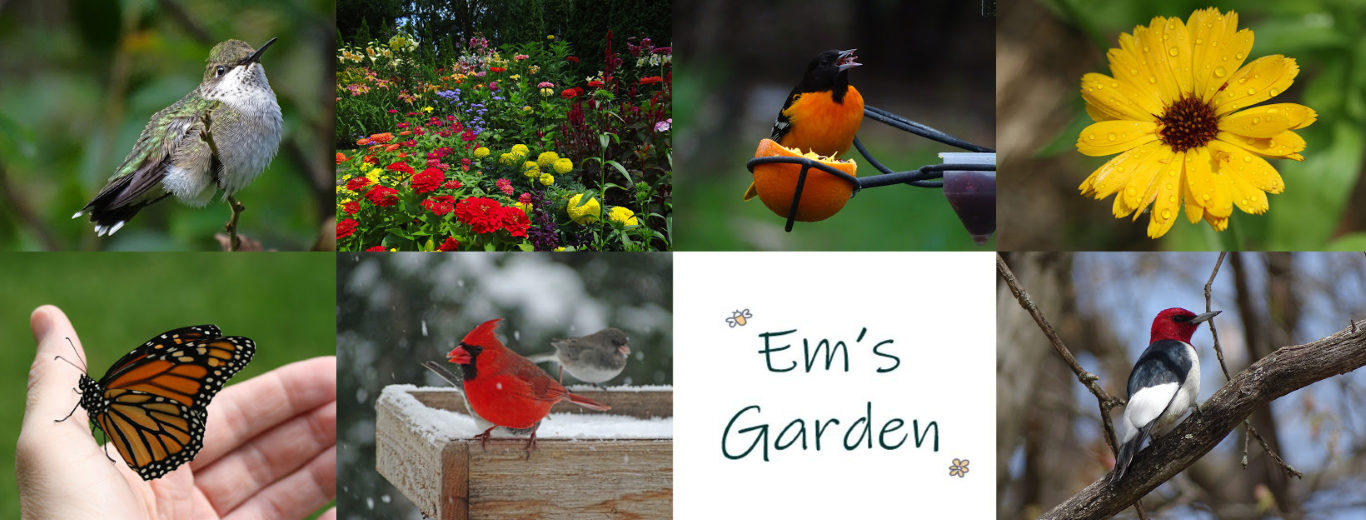Perennial phlox cultivars have improved a lot over the last 20 years. These days it’s much more rare to see a major breakout of powdery mildew that affects the entire plant. Powdery mildew spores spread in warm, dry conditions but wet foliage encourages mildew growth.
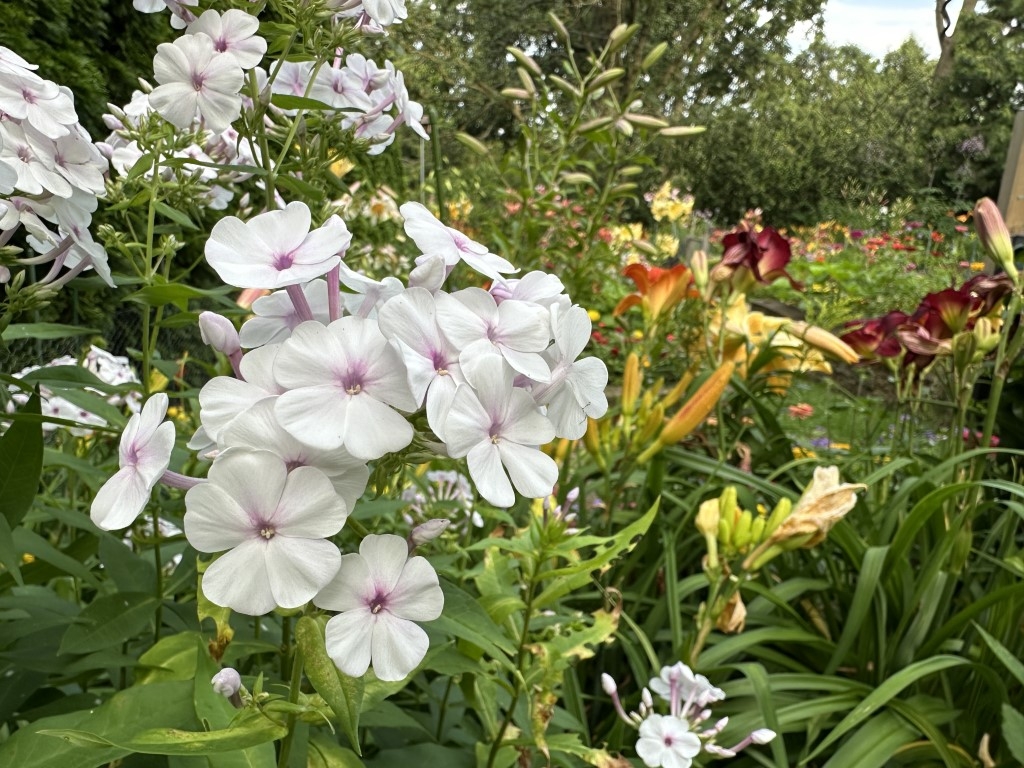
I really cram my plants together for mass blooming effect, so I already increase the odds of fungal diseases breaking out because my plants don’t get enough air circulation. I’m willing to take that risk each year.
Wisconsin’s State Climatology Office reported that in May and June of this year our state tallied more precipitation than any other May-June period on record, and my city had already documented almost as much precipitation through mid-July than we usually see for an entire year.
You would think that all that constantly-wet foliage would be a great breeding ground for fungal diseases, but I’m quite pleased with the general lack of powdery mildew on my phlox plants. The glaring exception is ‘Red Riding Hood’:
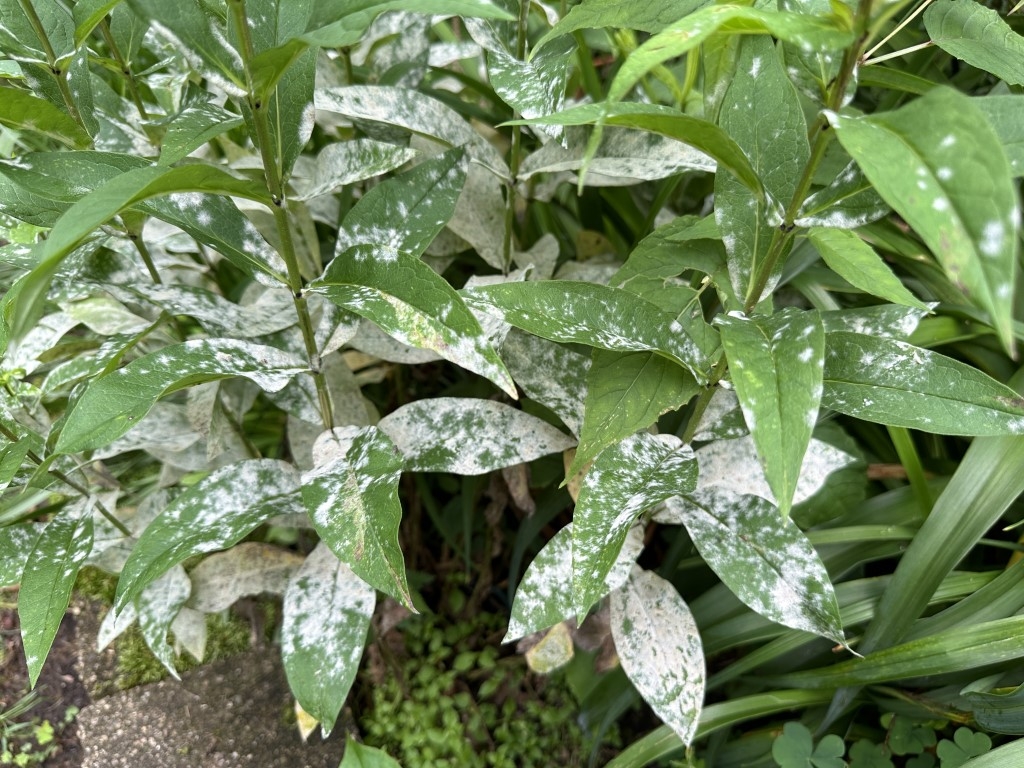
This outbreak occurred already in mid-June, but the plant held tough and still churned out a lot of flowers:
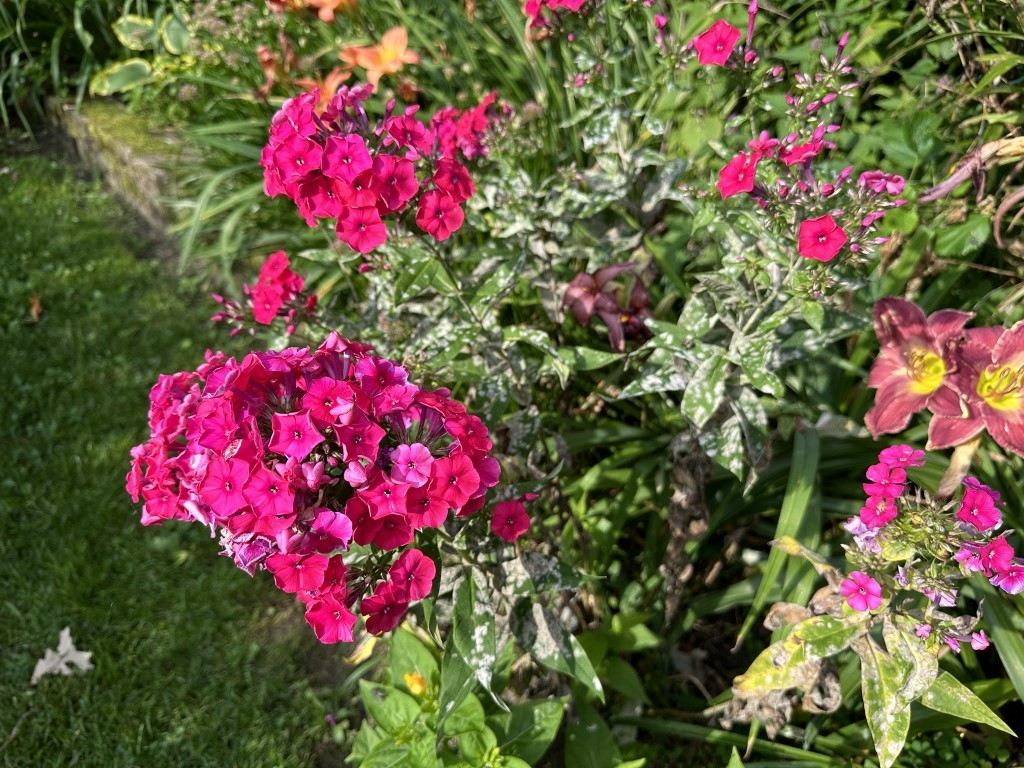
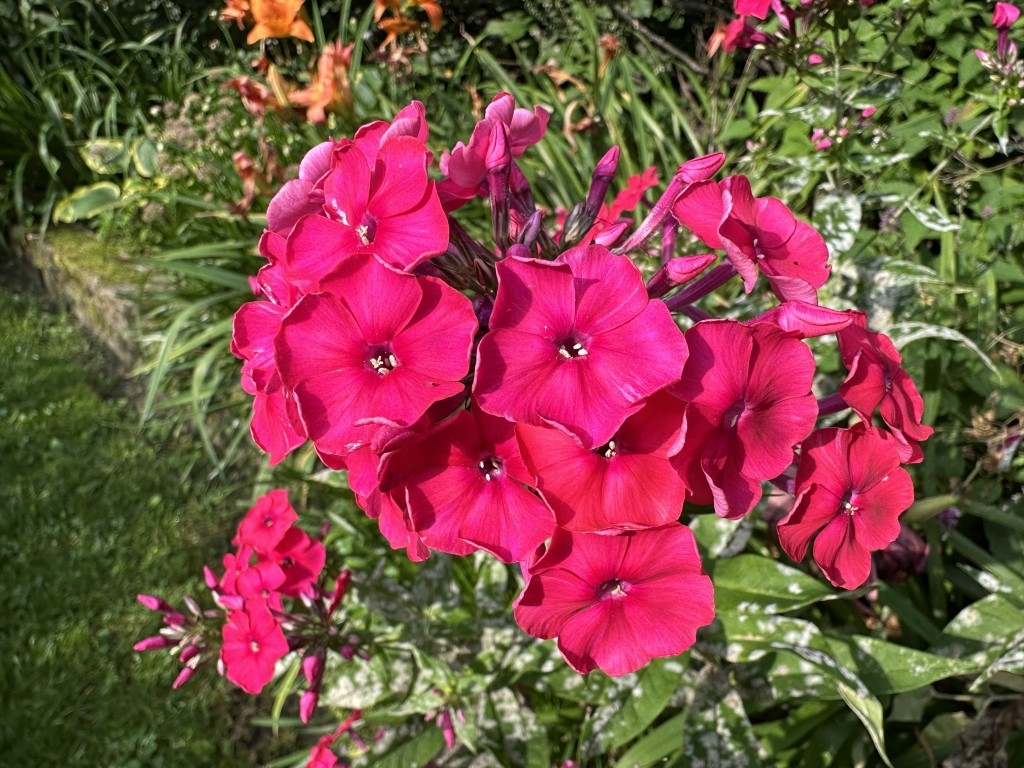
‘Delilah’ has a small outbreak of powdery mildew:
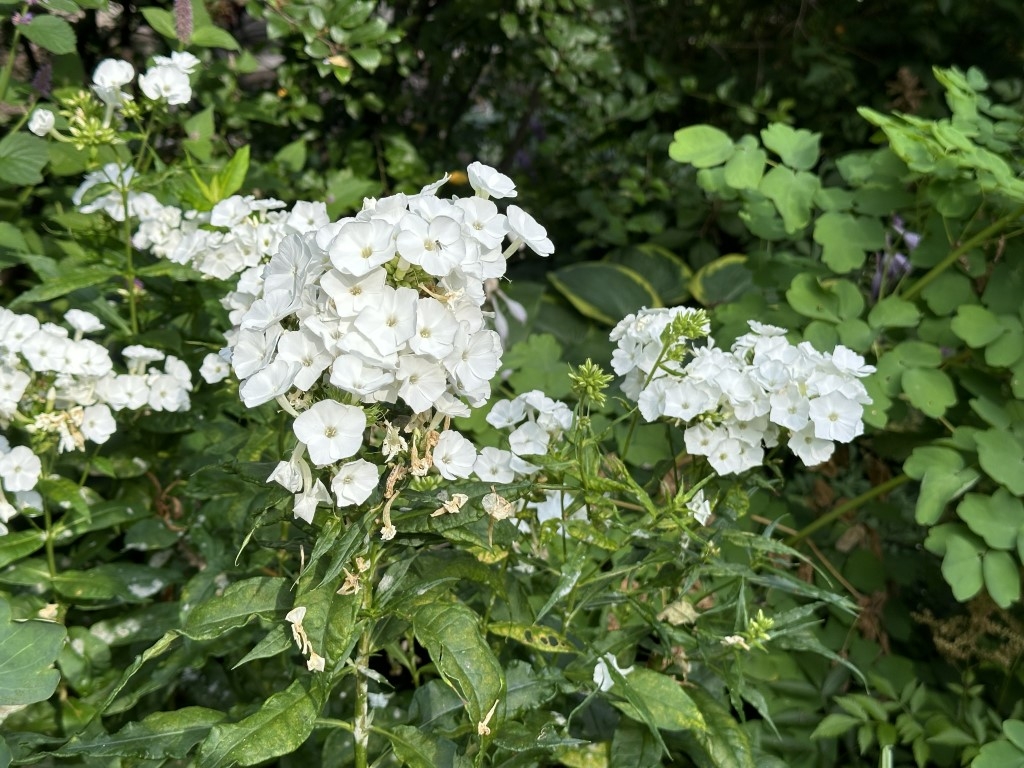
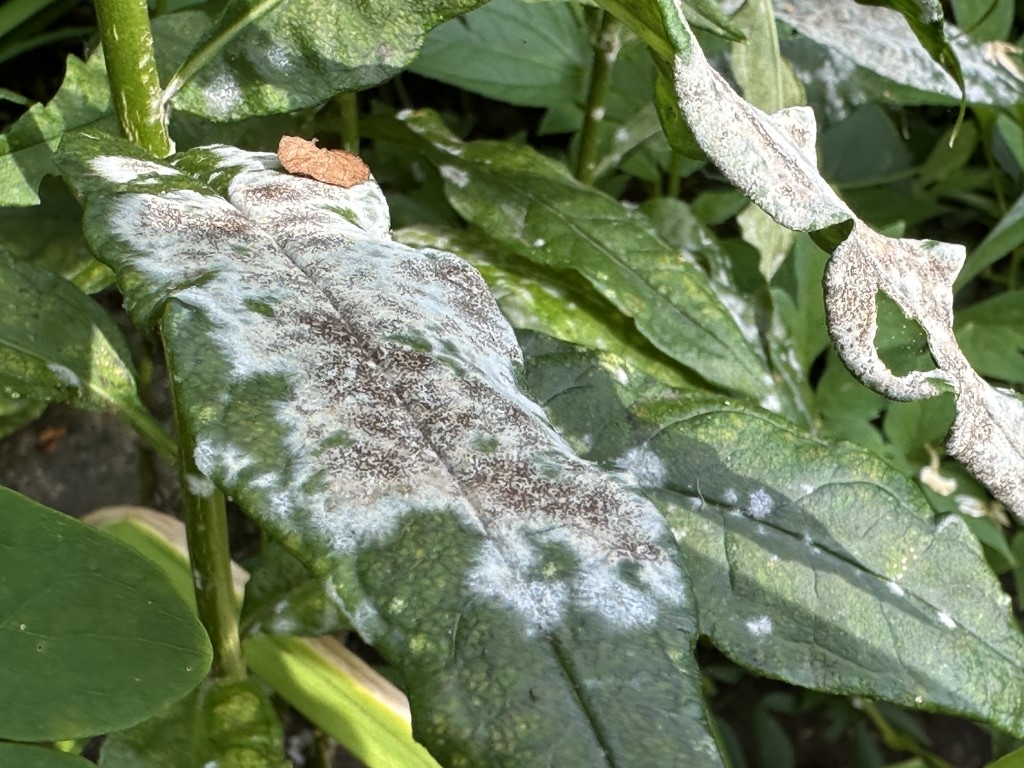
But ‘Ferris Wheel’ has no spots:
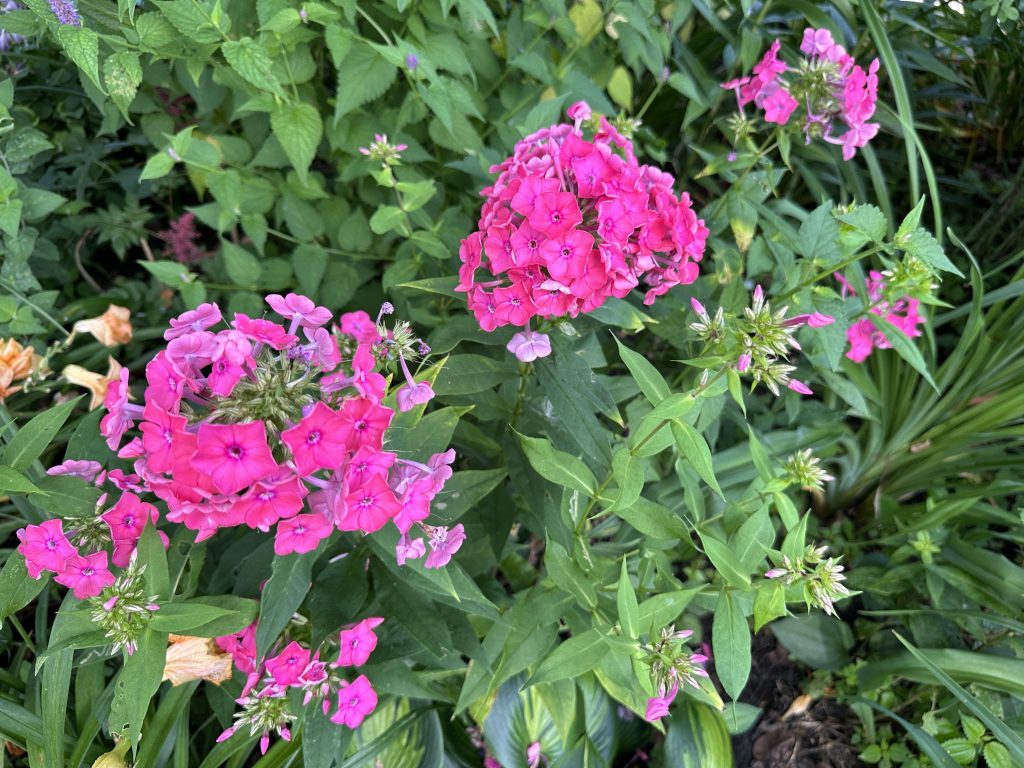
‘Purple Flame’ is also powdery-mildew free:

And ‘Garden Girl’ shows no sign of disease:
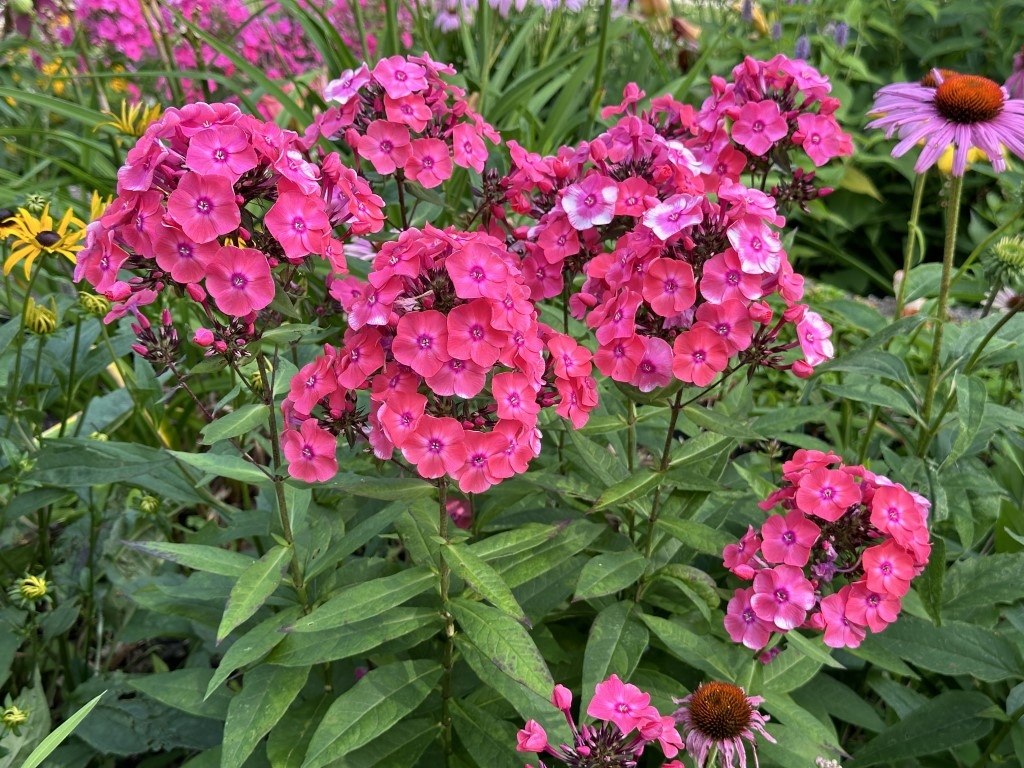
‘Bright Eyes’ is older than most of these other phlox cultivars, but it’s trying to stay healthy. I just noticed the first white spots appearing on the leaves.
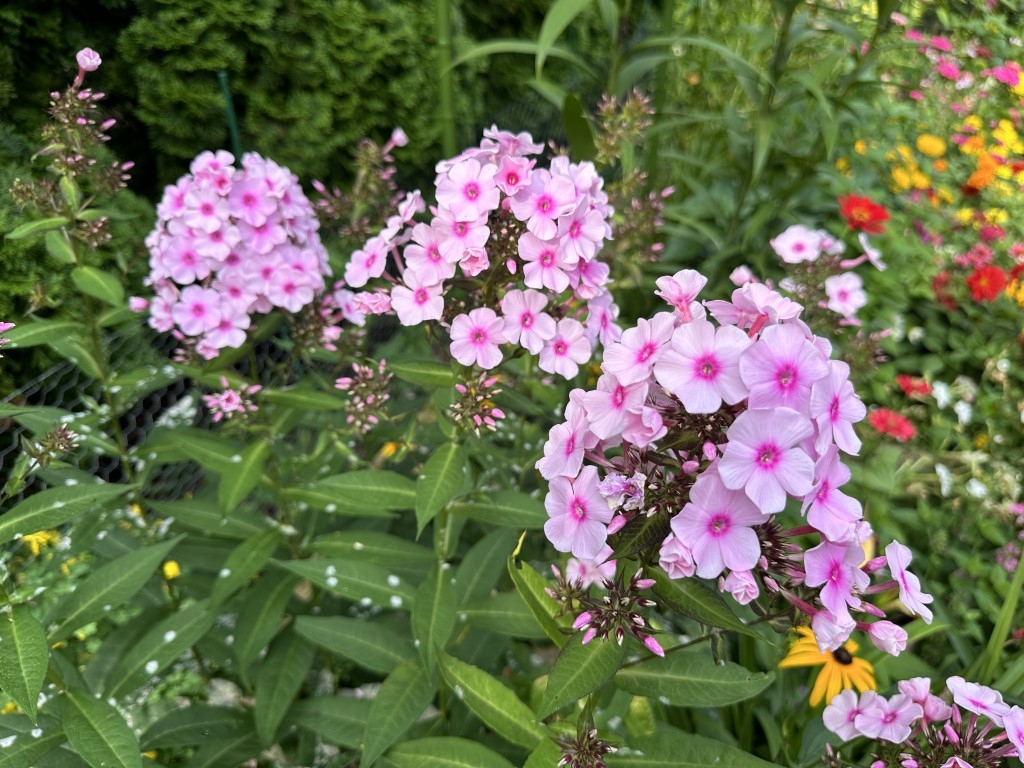
Most perennial phlox cultivars claim on their plant tag that they are resistant to powdery mildew. But whether your plant develops the disease in a given year depends a lot more on the weather conditions and/or if it gets good air circulation.
